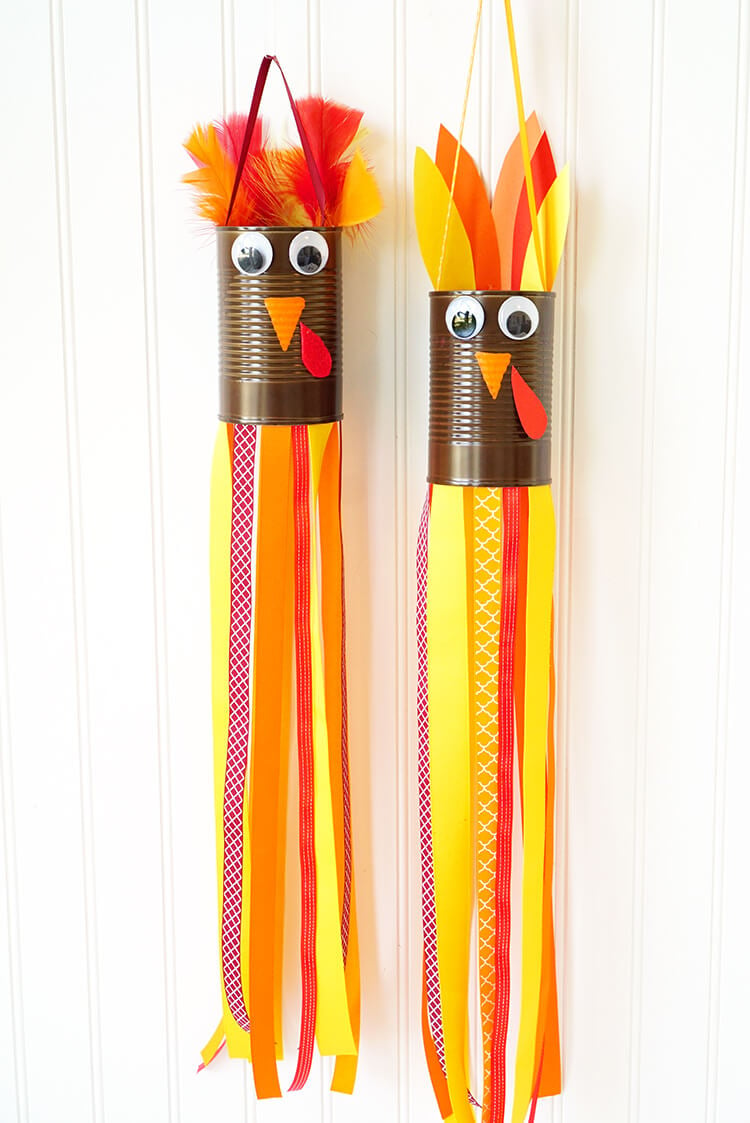We are excited to announce that once again, Ohio Military Kids is offering free projects books for you and your family! Continue reading to learn more about how you can get your hands on a free project activity book.
Our partners at Ohio 4-H are proud to present a collection of project books to military families – at no cost to you! Ohio Military Kids is an organization that benefits from the youth development education offered from Ohio 4-H and the organization resources contributed from Ohio National Guard Family Readiness and Warrior Support. Together, we hope that your families may benefit from the education opportunities found in the collection of project book titles listed in this survey.
Here are the books we are offering:
Ohio Birds – “Observe and identify birds with bird feeders in your yard and on field trips to see the many benefits our feathered friends provide. This project book is intended to be used for two years.”
Geology: Can You Dig It? – “Discover our planet’s past with clues in rocks, minerals, and fossils that you collect. Learn where to find these items, how to identify them, and how they formed. Showcase all your findings in a display of your design.”
Let’s Start Cooking – “This project takes a fresh look at basic cooking and baking skills. You’ll learn about kitchen equipment and food prep, and how to read recipes and measure ingredients. Then you’ll tackle how to slice and dice food, and how to cook in a microwave oven, on the stove and in a conventional oven all while keeping safety in mind. Appropriate for members of all ages with little or no cooking or baking experience.”
Everyday Food and Fitness – “Learn how to prepare healthy and hearty snacks using MyPlate as a guide, and discover how powerful healthy food can be for your body and mind. Fun and easy recipes help build your skills in the kitchen. See how well your current diet fits into the MyPlate food groups. Find out what makes grains great, and why vitamins and nutrients are so beneficial. This project shows you how to add exercise to a healthy diet and find the path to a better quality of life.”
Sports Nutrition – “Eating well and exercising daily are two keys to a healthy life. This project shows why these habits are worth forming. Learn how to balance the calories you eat with the calories you burn, why to hydrate, and how carbs, protein, and fats work to support your body and mind. Use what you learn as you compete in sports or just want to increase your fitness level.”
Please note that we have a very limited supply of each book. You may only select one of each book per order. If a book has “sold out” it will not be displayed as an option.
Requests must be placed by April 2 at 11:59 PM. Orders will then be processed and sent to families approximately 3-5 weeks after the order deadline.
For additional information about this program or enrollment in Ohio 4-H, please contact State 4-H Healthy Living and Ohio Military Kids Student Assistant, Matthew Swearingen (swearingen.96s@osu.edu)

